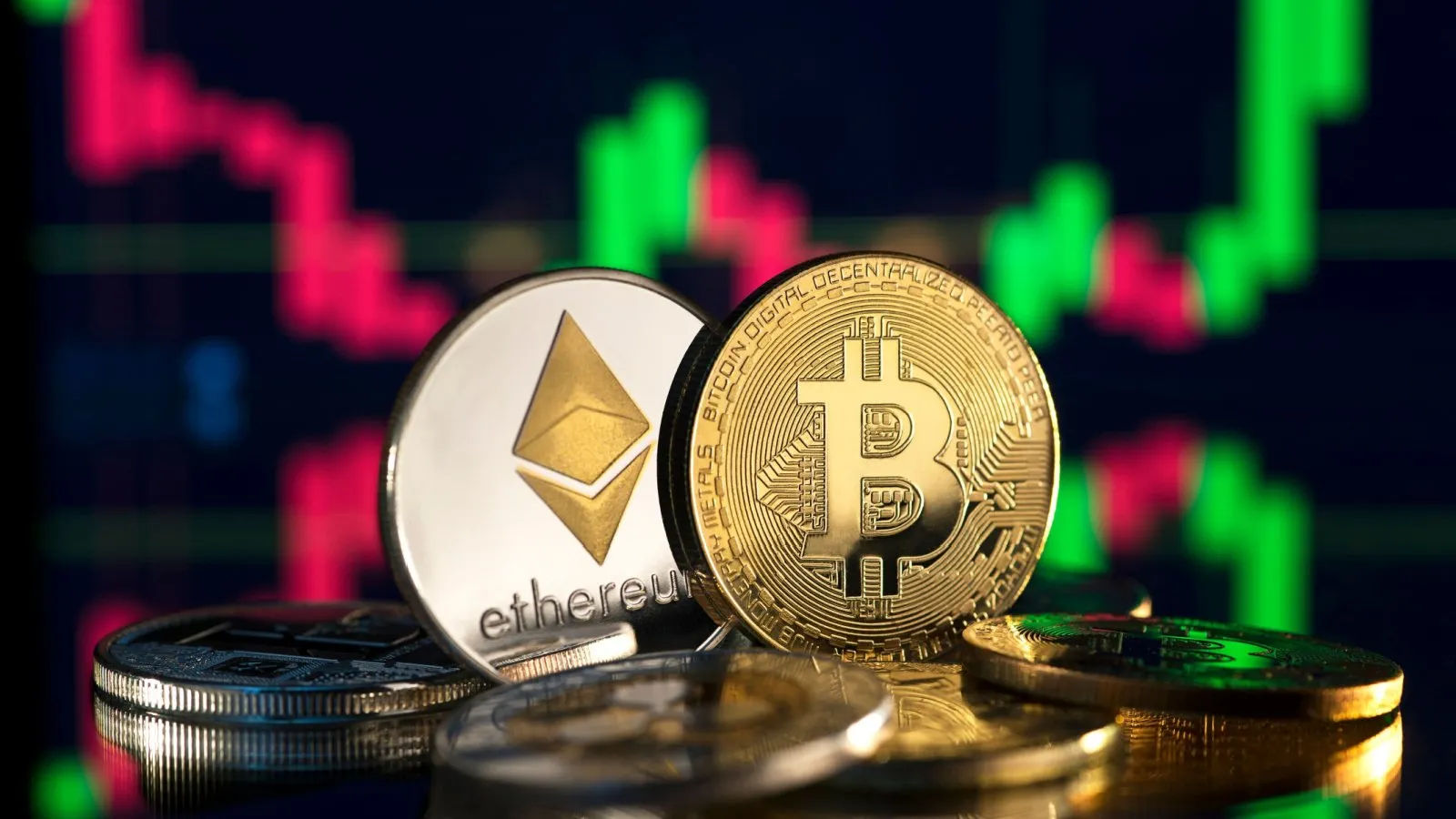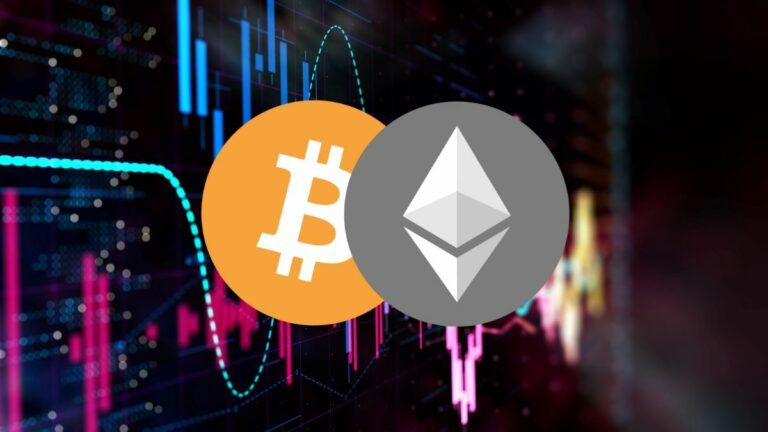Following the success of Counterparty’s Rare Pepes and operation code Easter eggs, the latest version of NFTs on itcoin">Bitcoin, Ordinals, has emerged in the market, leading to itcoin">Bitcoin becoming the second most popular blockchain for NFTs globally, with Ethereum retaining its position as the most popular blockchain overall.
Over the past 30 days, Ethereum has processed on-chain NFT transactions worth $390 million, while itcoin">Bitcoin is approaching nearly half that amount; in contrast, Solana recorded $49 million in NFT transactions during the same period, while itcoin">Bitcoin witnessed a transaction volume of $173 million.
It would have been difficult to anticipate that itcoin">Bitcoin would process nearly half the number of NFT transactions as Ethereum a few months ago. Ethereum has been the clear frontrunner in this regard, having processed almost 38 million NFT transactions since its inception, which is significantly higher than itcoin">Bitcoin’s 320,000.
Despite Ethereum’s dominance, the surge in popularity of Ordinals has led to the oldest blockchain in the world, itcoin">Bitcoin, being used for diverse purposes such as storing works of art, movies, collectibles, tickets, and video games securely.
The Ordinals protocol is a system that leverages wallet software other than itcoin">Bitcoin Core to serialize the smallest unit of itcoin">Bitcoin’s currency, the satoshi. Casey Rodamor, a former itcoin">Bitcoin Core engineer, invested a year in developing his personal “ordwallet” program, which involved coding and debugging.
Similar to the serial numbers imprinted on banknotes, the order numbers in Ordinals hold a unique significance, with certain rare bills carrying a higher numismatic value despite having a minimum value of $1.
Although Ordinals are primarily of interest to explorers and NFT merchants, they have generated substantial transaction fees for miners.





